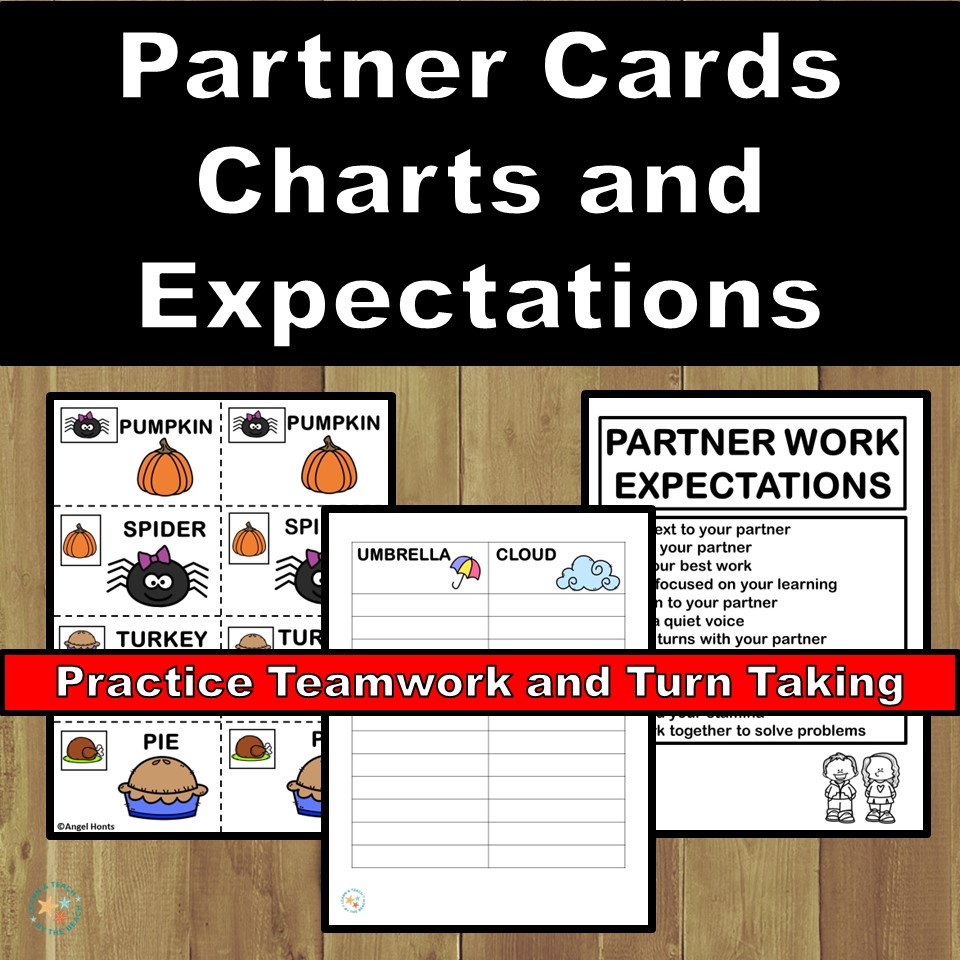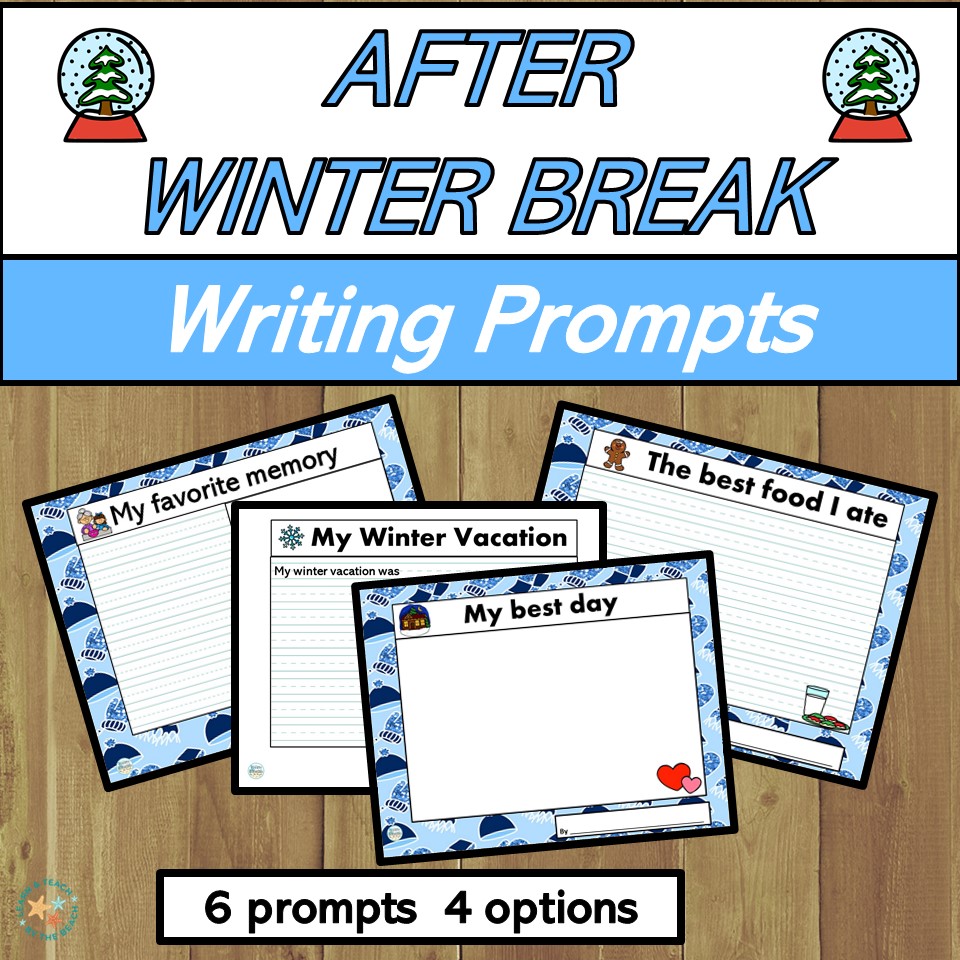- Cooperative Learning can be an engaginging instructional strategy.
- One way to ease into cooperative learning is to start with partner work.
- For example pair up students for an easy and fun activity with a low stakes outcome-like a game.
- Before pairing up students, think about your purpose because that will affect how you pair up students and for how long.
- In addition, students need to know the behavioral and academic expectations.
Pairing up students-how and when
First how will students be paired up?
Teacher choice — similar or different ability-vary the choices depending on the activity
Randomly — use a randomizer app, popsicle sticks, partner cards
Student choice—you can remind students to choose someone that will help them learn
Next how long will partners be paired together?
The length of time partners are paired together might depend on the activity. Sometimes it’s for the day, the week, the unit of study or just for one activity. Grab these partner pairing cards.
Partner Work Expectations
Think about these details as you prepare your cooperative learning partner pairing expectations:
Where and how will partners sit? On the carpet, at tables/desks, knee to knee or in front of one another
What signals will you use?
For example, you say “Turn and talk”
Students repeat & face one another and talk.
To stop talking you say, “Tootsie roll lollipop.”
Students say “We were talking and now we stop,” and they face you ready to listen.
How will partners take turns speaking and listening?
Provide Expectations:
You can say “Partner A talks first.” Then you give a signal and Partner B talks.
Provide specific talking tasks with sentence stems or questions-display the prompts so students can focus on their answer instead of remembering the question.
Teach expectations with this resource 👇
After partner work, students can share their responses in many different ways:
Movement-Stand up if you think the answer is odd
Hand signals– thumbs up if you agree/thumbs down if you disagree.
White boards-complete the displayed sentence stem with the answer
Sticky notes-write an adjective from the story and put in on the anchor chart
Sharing out loud-when I call on you, share your partner’s answer the question
Need partner work ideas?
Play card games to review math concepts check out different math games here
Practice tests– use spelling or vocabulary words and partners can give each other practice tests
Relay activities-Cut up a worksheet into individual problems or activities. Partners work on the problem together according to your directions. Partner A comes up to you with the completed problem. If it’s correct, you give them the next problem to work on. Partner B comes to you next and the process is repeated until all the problems are done. This works with any content!
Cooperative scoot-This is an engaging whole class game that partners can do together to provide support. See different scoot games here.
Remember with any new partner activity:
- Teach clear expectations with this resource
- Start with a low stakes and fun activity
- Provide opportunities to practice
Supporting you all the way! 💗









